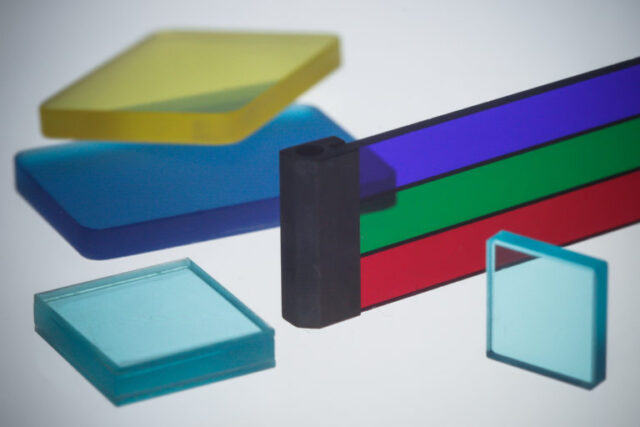Comprehensive Guide to Optical Materials: Fundamentals, Applications, and Emerging Trends

About Course
From everyday lenses to futuristic metamaterials, optical materials shape the way we interact with light. This course takes you on a deep dive into the fascinating world of optical materials, exploring their fundamental properties, advanced applications, and cutting-edge innovations. Whether you’re intrigued by laser technologies, fiber optics, or quantum nanomaterials, this course provides a thorough understanding of how optical materials enable groundbreaking advancements in photonics, telecommunications, medical imaging, and energy applications.
Throughout the course, you’ll explore light-matter interactions, nonlinear optics, photonic devices, and even DARPA’s cutting-edge research on tunable optical materials. By the end, you’ll have a solid grasp of optical materials’ principles and emerging trends, preparing you for careers or research in optics, photonics, and materials science.
Course Content
Introduction to Optical Materials
Light-Matter Interaction
00:00Optical Properties of Materials
00:00Classification of Optical Materials
00:00